I started installing wraps on my arrows for a few reasons, but mostly just to make them look different while simultaneously advertise my brand. I love them aesthetically, but they have been the biggest pain in the butt too. I don’t like that every time I hit another vane while practicing or do an average job fletching in the first place, I have to peel the arrow wrap off and waste all of that material, as opposed to simply replacing the single fletching. This probably isn’t the best thing to write about when I literally sell my own arrow wraps online (see here), but I want to be honest about it too. Maybe one day I’ll try them again, but I’m really annoyed with them right now and I’ve gone back to the old ways.
All that being said, I had no clue how to properly remove a wrap when I first attempted it. I assumed I would remove it the same way I did fletchings - by scraping it with a dull knife at a flat angle that wouldn’t hurt the carbon shaft. This resulted in a sticky mess for me. Then I watched several videos and read multiple forums about the process, but nothing was super clear. In fact, everybody had different opinions about the proper way, most of which contradicted each other. Go figure! Ha!
I will address the way that I personally did it, as well as mention the suggested alternatives that I learned through extensive research. That way, if my way poses an issue, you have the information right here to try something else. Hopefully this helps the next person that’s making this more complicated than it is, like myself!
What You’ll Need:
Nock Removal Tool (or just pliers/teeth if you’re cheap like me)
Hair Dryer
Removing Wraps:
Remove the nocks from your arrows and set them aside. Extremely important so they don’t melt when you get to step 4.
Plug hair dryer in and lay on its side (I hold mine in my lap), then turn it on low.
Hold the arrow about 2 inches away to heat the wrap for 10-15 seconds, then pull from the overlapping seam. Continue to heat up the wrap all the way down until it’s fully removed. It should peel off fairly easily.
Turn the arrow upside down and place into the bottle of acetone for 20-30 seconds so that the sticky residue is covered.
WARNING: Do not leave the arrow in the bottle for extended amounts of time. The acetone eats away at the resin that holds the carbon fibers together. This is why people raise such a fuss about using acetone on carbon shafts. In moderation, it’s fine. I know people that have used this method for YEARS, over and over again. For longer periods of time it can become a problem.
Using a cotton round, wipe the shaft clean! You may need to use a couple of rounds depending on how much was left behind. I usually just put the acetone directly on the second cotton round and wipe, rather than dipping the arrow into the bottle a second time.
Reinstall nocks, and you’re back to bare shafts!
Alternative Methods for removing wrap:
I’d like to preface this section by saying other than the first two bullet points, I haven’t personally tried any of these. I will also expand on why I don’t care for the ones I’ve tried.
Place arrow in a pot of boiling water (no more than 30 seconds at a time) so the wrap + fletching are completely saturated, then peel the wrap back while it’s warm.
I didn’t care for this method because it wasn’t a constant heat. I had to keep dipping into the boiling water because the wrap would cool off and stick again. It didn’t allow me enough time to peel the wrap off. However, some people seem to love this method!
Scrape using a dull knife at a flat angle that won’t hurt the carbon shaft.
As I mentioned at the beginning of this article, it resulted in a sticky mess. It may work better to heat the wrap, then scrape with a knife. However, In my opinion, if you can avoid scraping against carbon at all, you should. Therefore, heating + peeling is more desirable for me.
There are several tools designed for removing wraps and fletchings, such as this one, or I read about several people using a potato peeler to accomplish the same thing.
Alternative Methods for Removing Sticky residue:
Goo-gone: I’ve used this product in other scenarios and it’s awesome, but be sure you then use something to get the oil feel off; otherwise there will be issues when you begin wrapping and/or fletching again because the glue won’t adhere well.
Denatured Alcohol: Many people use this in place of acetone. Keep in mind that it does take longer to remove the leftover residue from the wraps because it’s not as aggressive as acetone. Also, it’s a good option to follow up the previous alternative method of goo-gone.






